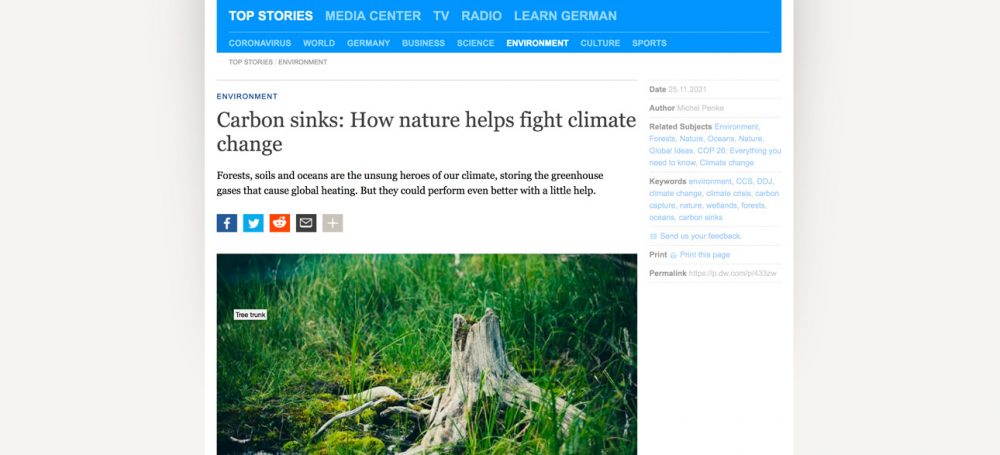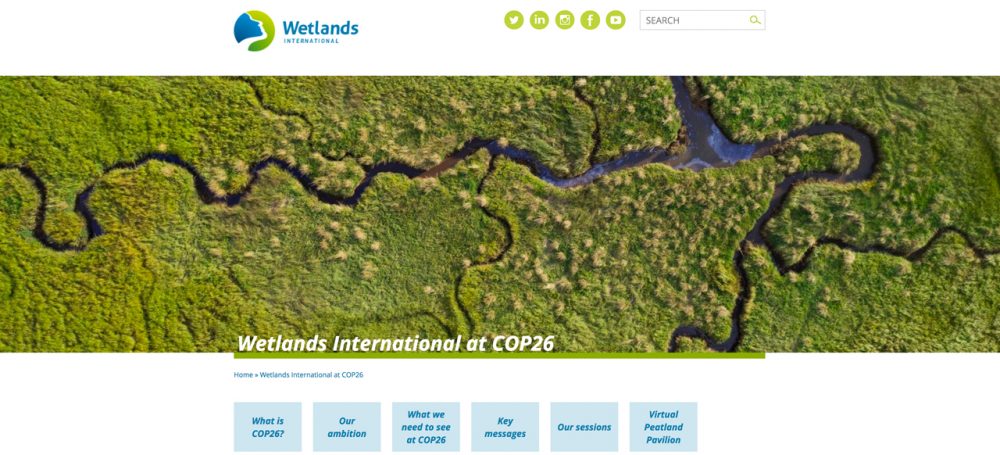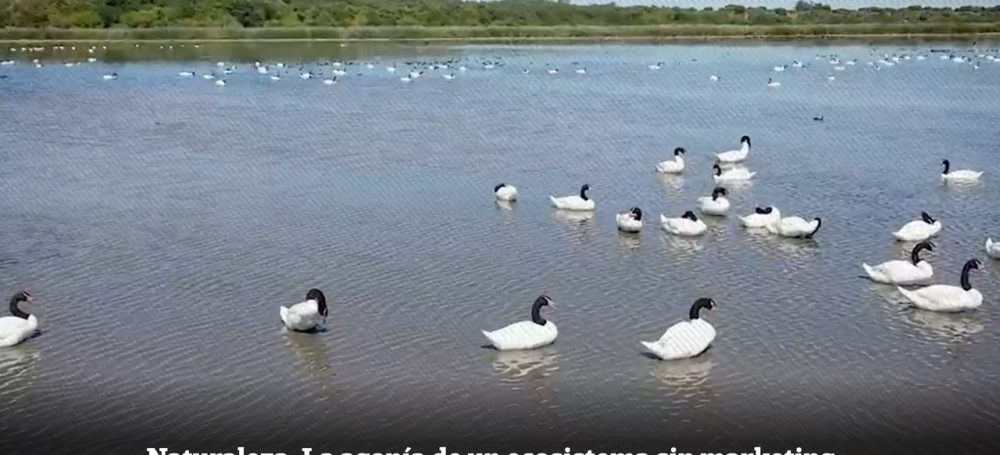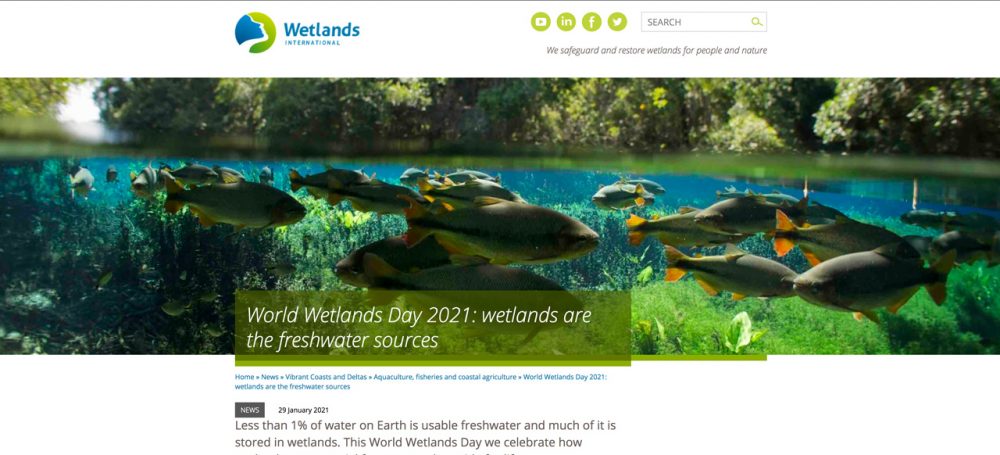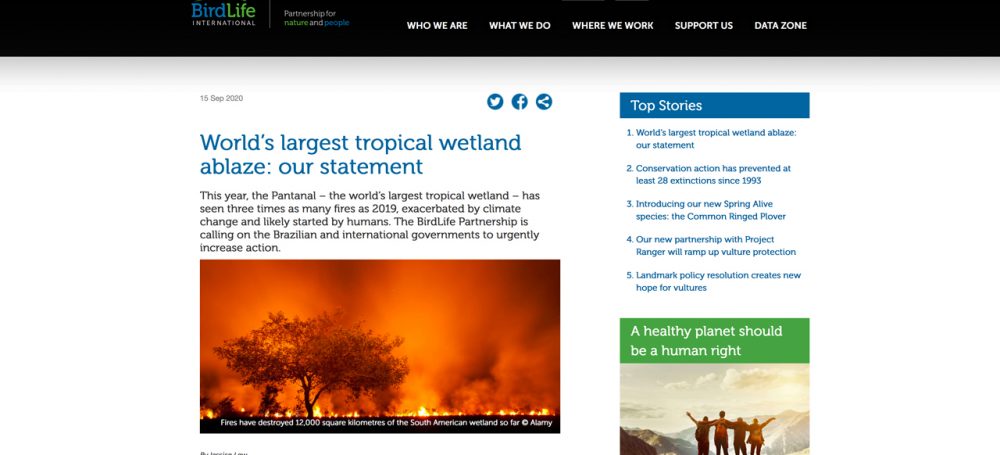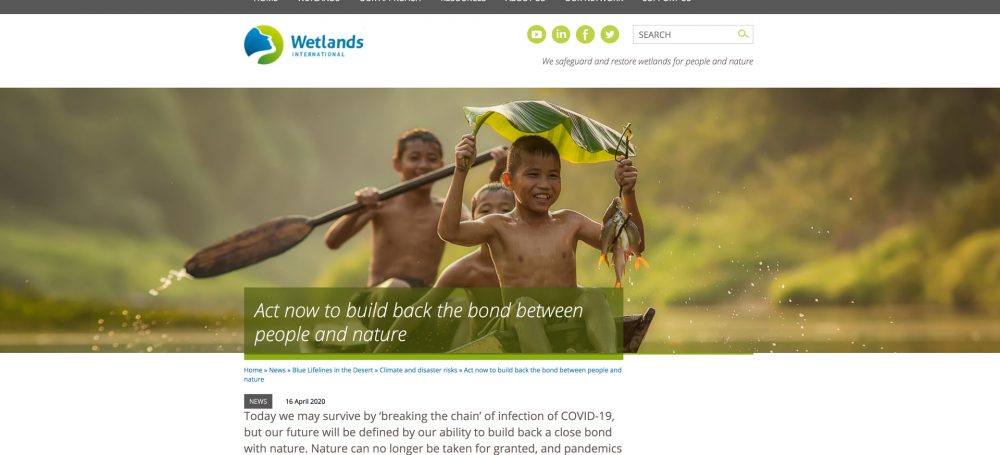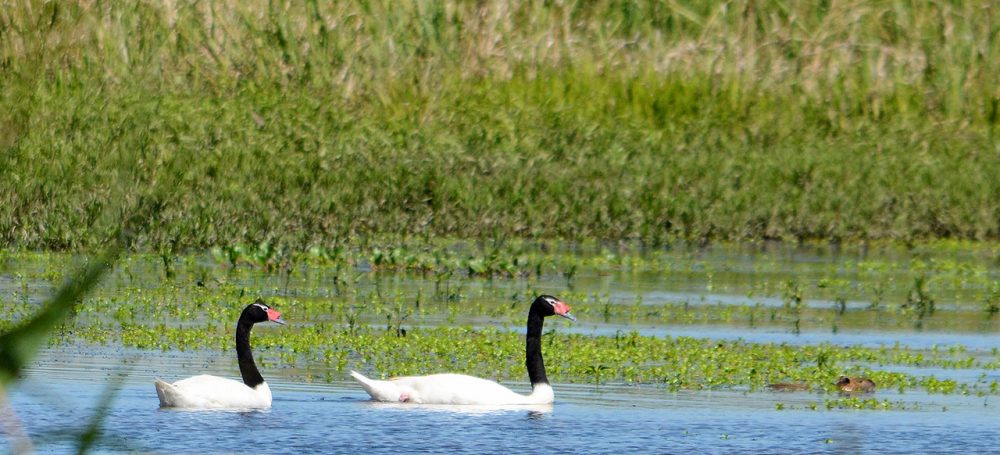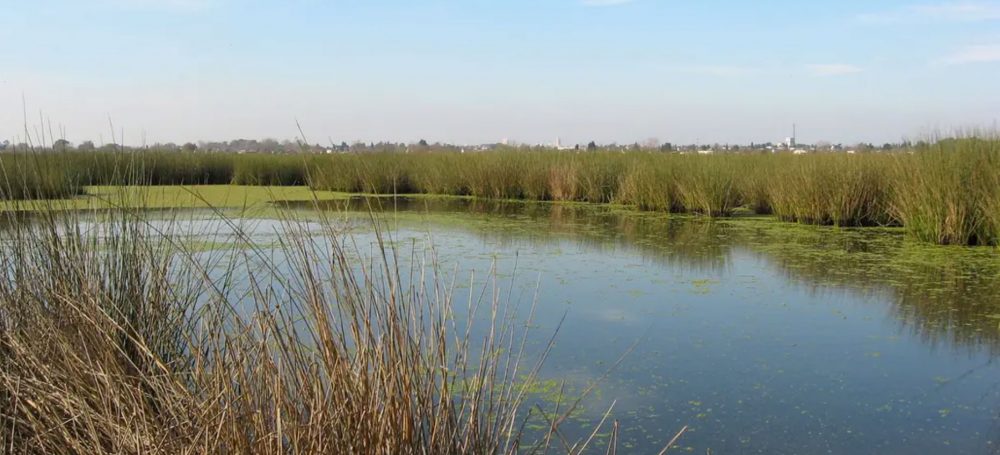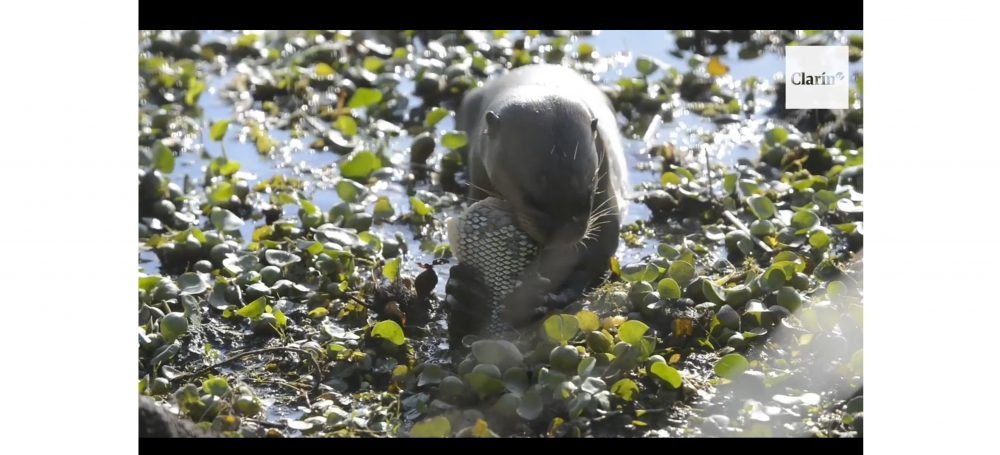Forests, soils and oceans are the unsung heroes of our climate, storing the greenhouse gases that cause global heating. But they could perform even better with a little help.
Smoking industrial chimneys, exhaust fumes, fires in the Amazon — yearly carbon emissions recently swelled to 12,000,000,000 tons (12 gigatons).And as carbon increases, so do temperatures.
Around half of emissions released remain in the atmosphere. Nature absorbs the rest, holding it in carbon sinks, such as soil, oceans and vegetation.
The 26th session of the Conference of the Parties (COP26) to the UN Framework Convention on Climate Change (UNFCCC) takes place in Glasgow, Scotland, on 31 October – 12 November 2021 to accelerate action towards the goals of the Paris Agreement and the UN Framework Convention on Climate Change.
What is COP26?
Every year, Parties to the UNFCCC meet to assess progress on the different streams of the Convention, enhance action, and agree on different rules, guidelines, implementation, among
Para Román Murzyla, la imagen fue como una foto del Apocalipsis: el cielo oscureciéndose en pleno mediodía; las llamas devorando todo a su lagunas. Vive en Villa Ocampo, una localidad de 25.000 habitantes al norte de Santa Fe a la que se conoce como “el corazón del Jaaukanigás”, por estar en el centro de ese humedal de casi 500.000 hectáreas. Para las vecinas y vecinos del lugar, hubo un antes y un después de los incendios que en 2020 pusieron en
Less than 1% of water on Earth is usable freshwater and much of it is stored in wetlands. This World Wetlands Day we celebrate how wetlands are essential for water and provide for life.
The world is facing a growing freshwater crisis that threatens people and our planet. This year’s World Wetlands Day shines a spotlight on wetlands as a source of freshwater and encourages actions to restore them and stop their loss. Wetlands are the water systems in the
This year, the Pantanal – the world’s largest tropical wetland – has seen three times as many fires as 2019, exacerbated by climate change and likely started by humans. The BirdLife Partnership is calling on the Brazilian and international governments to urgently increase action.
Last summer, the news of the burning Amazon rainforest captured mass media attention and sparked worldwide outcry. But the worrying truth is that these fires never completely went out. In fact, this year, it seems that
Today we may survive by ‘breaking the chain’ of infection of COVID-19, but our future will be defined by our ability to build back a close bond with nature. Nature can no longer be taken for granted, and pandemics like this one are an indication of tipping points being reached across our planet.
The response to the devastating COVID-19 pandemic demands swift and focused humanitarian action. But it is also critical to define the root causes and to start to
El 2 de febrero se celebra el Día Mundial de los Humedales, en conmemoración de cuando se firmó, en Ramsar (Irán), el tratado intergubernamental para la conservación y el uso racional de esos sitios. La celebración se enmarca, cada año, en una temática distinta. La de 2019 corresponde a “Humedales y cambio climático” y es apropiada para lo que ocurre en nuestro país: debido a un régimen de lluvias que el mes pasado cuadruplicó los promedios históricos, al menos 2 millones
Las ONG ambientales trabajan junto a las comunidades para conservarlos y lograr un manejo sustentable; reclaman con urgencia una normativa nacional que los resguarde.
Los humedales son considerados verdaderas fábricas de vida para el planeta. Son ecosistemas claves para mitigar el cambio climático, frenar los gases de efecto invernadero y prevenir inundaciones , ya que ayudan a absorber las lluvias, que son cada vez más frecuentes y fuertes. No hace falta ir hasta el Bañado de la Estrella, en Formosa,
Mañana es el Gran Día de Observación de Aves. Una jornada mundial de ciencia ciudadana en la que fanáticos de aves de todo el mundo salen a observarlas al mismo tiempo, durante 24 horas. Un Gran Día, o Big Day en Inglés, consiste en registrar la mayor cantidad de especies de aves a lo largo del día. En Argentina 40.000 personas se dedican con pasión a observar y fotografíar aves. Este sábado se buscará llegar a las 750 especies detectadas por
En pleno corazón de los esteros, una fundación ya logró que se forme una nueva población de osos hormigueros. Y ahora van por su proyecto más ambicioso: el esperado regreso del yaguareté.
El botador se clavó en la orilla y con un pequeño aventón la lancha comienza ahora a flotar en el arroyo Carambola, mientras un grupo de carpinchos come pasto con paciencia y sin inmutarse. Serán varios minutos por ese arroyo, para después navegar sobre la laguna Paraná hasta

